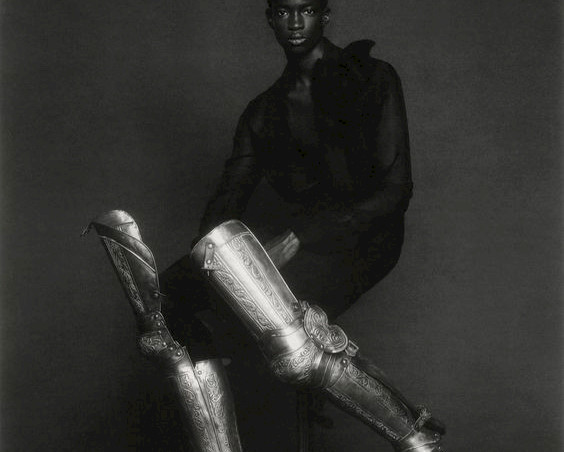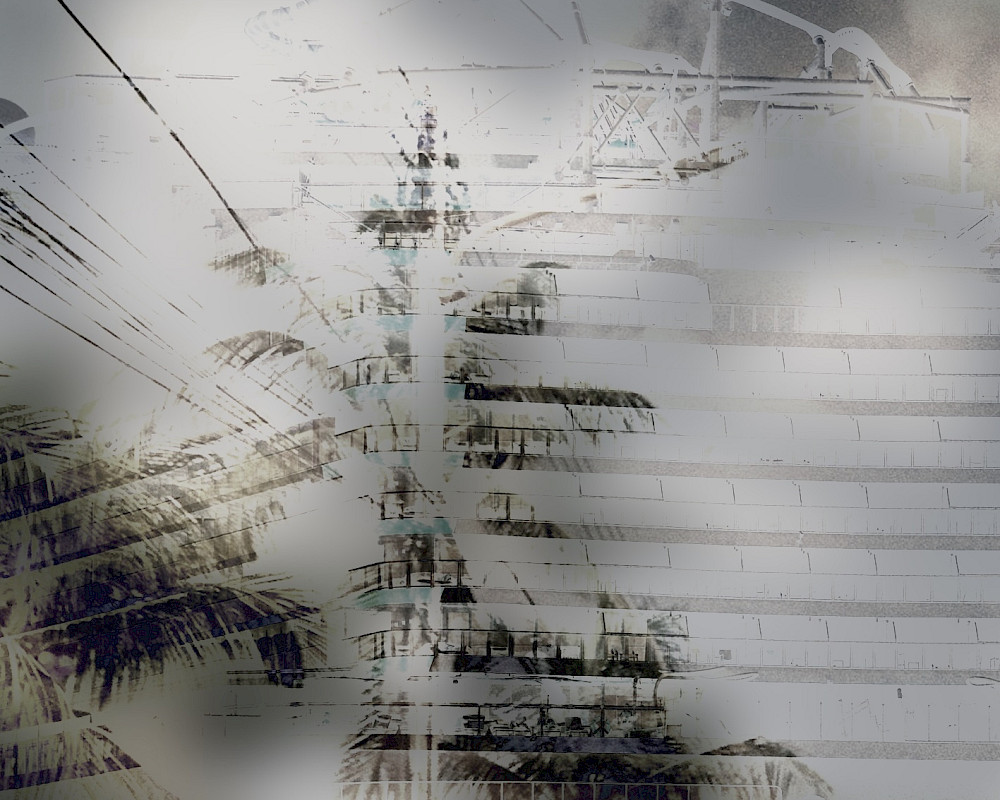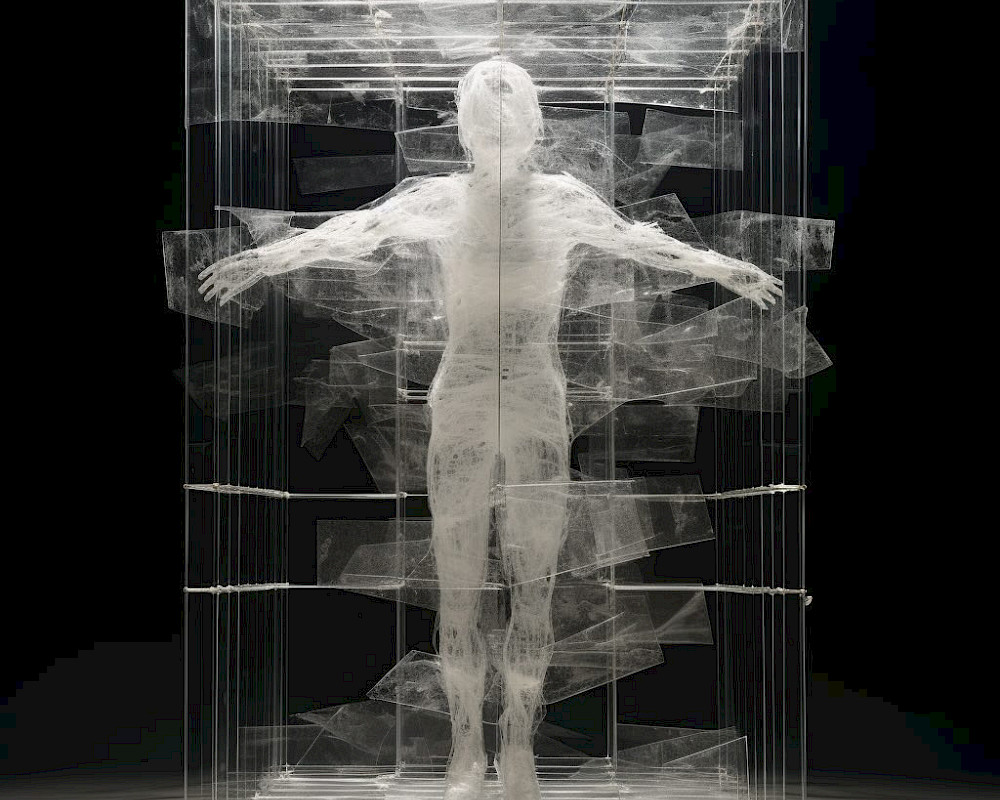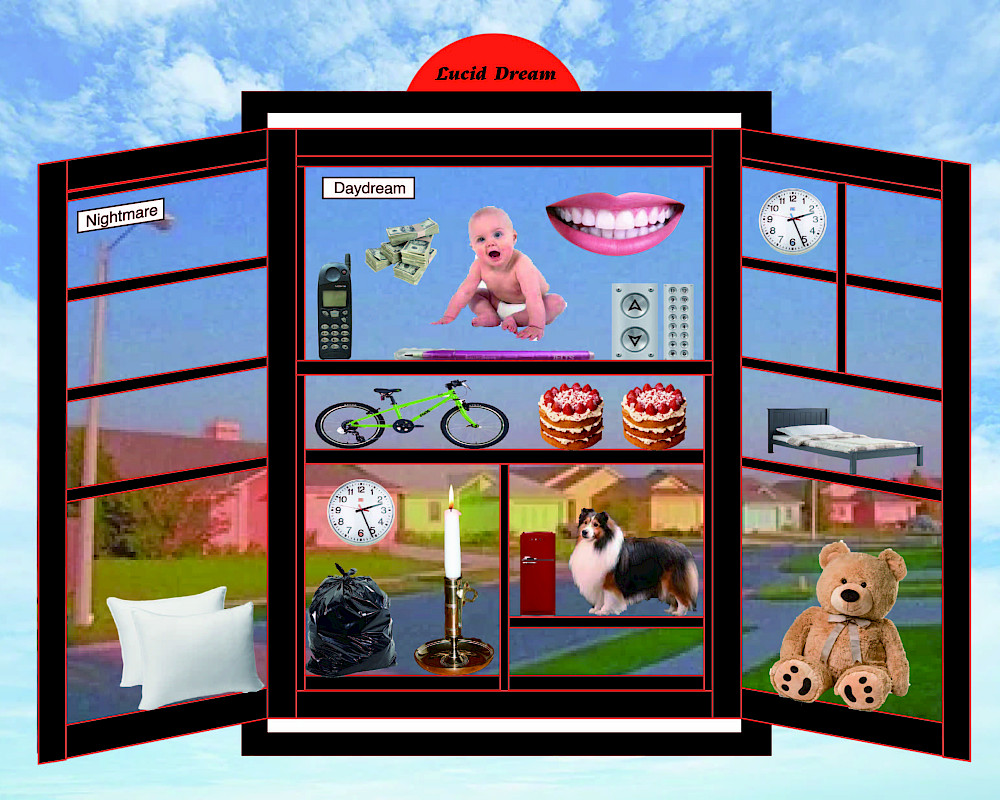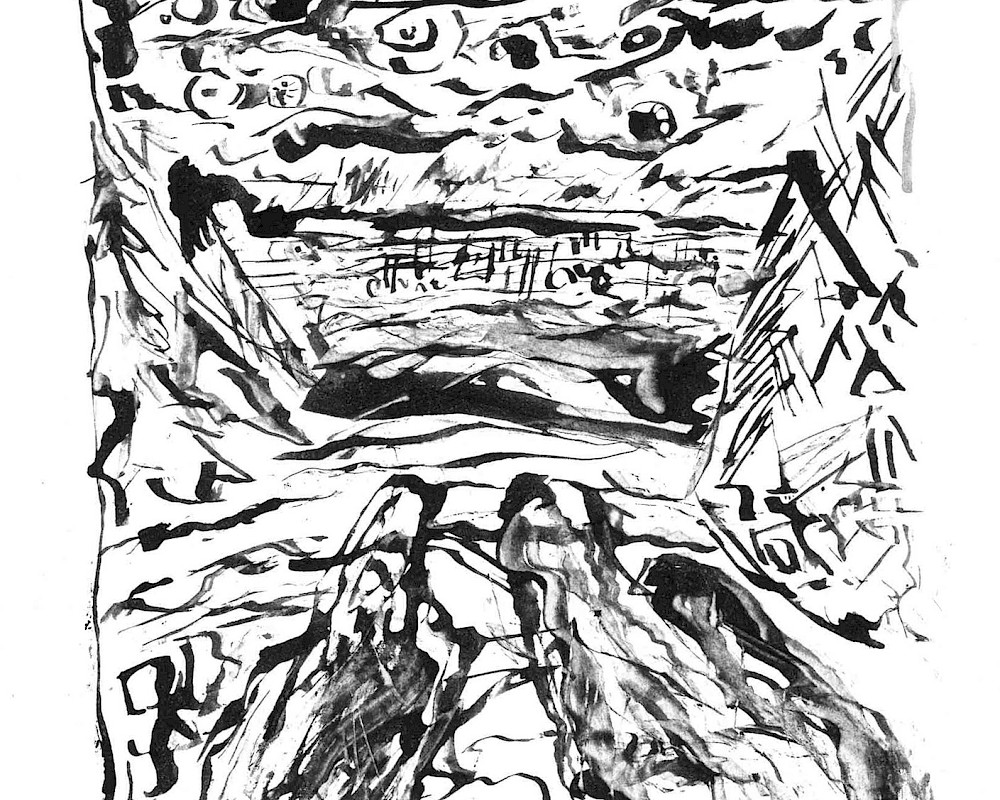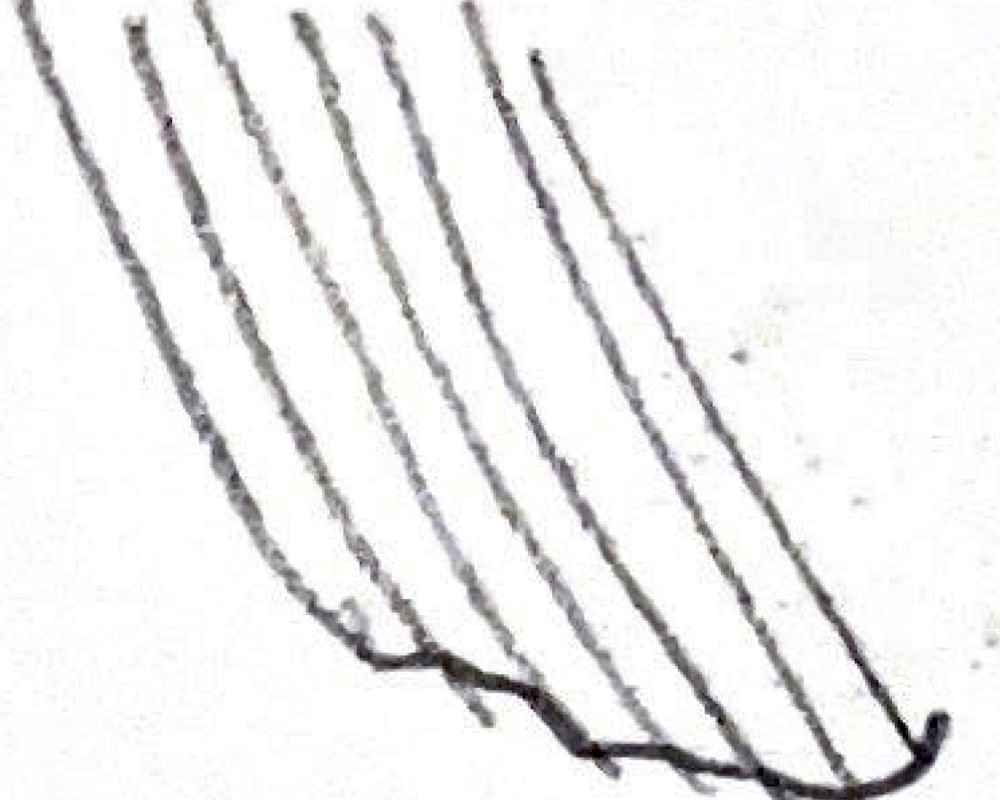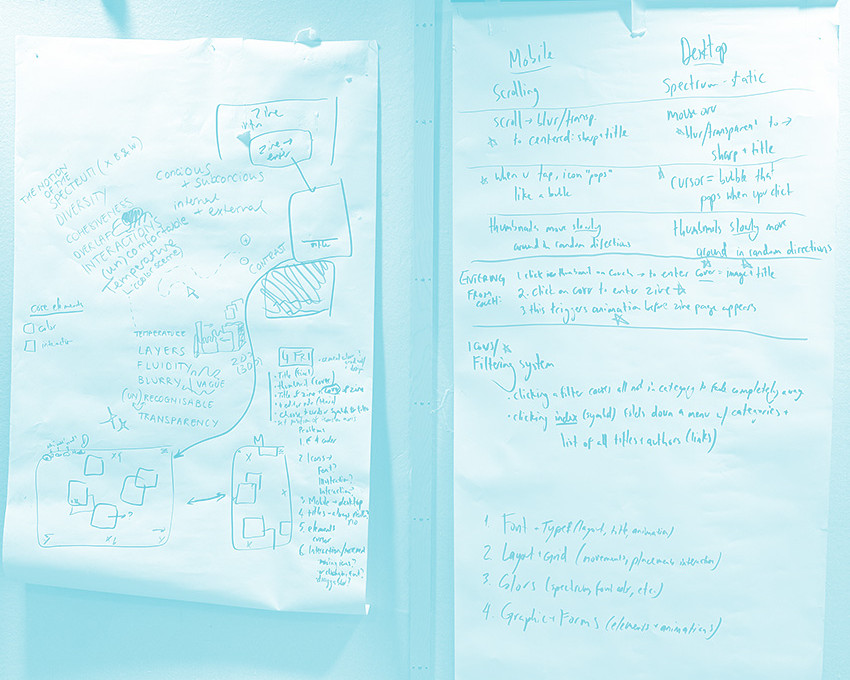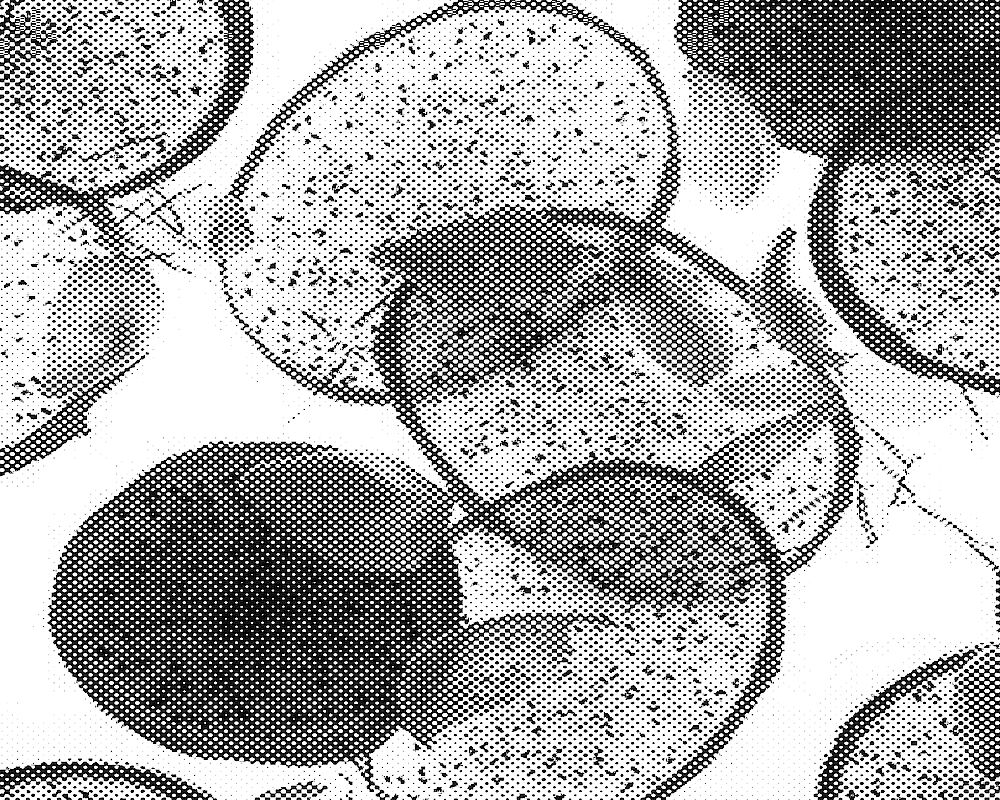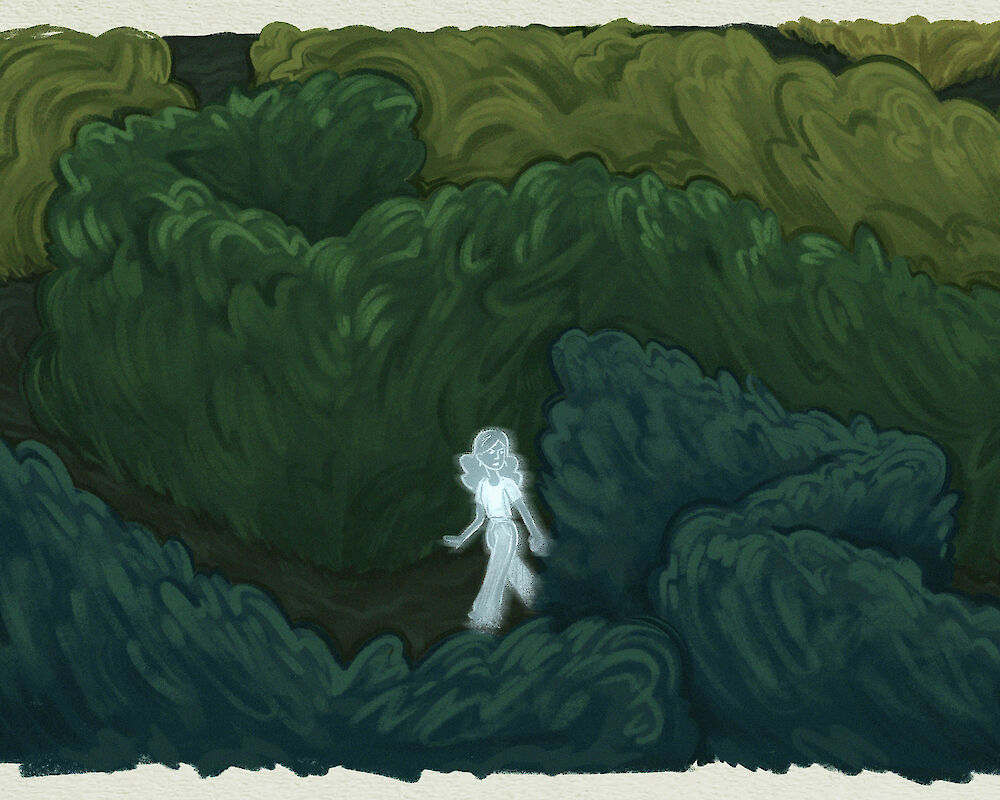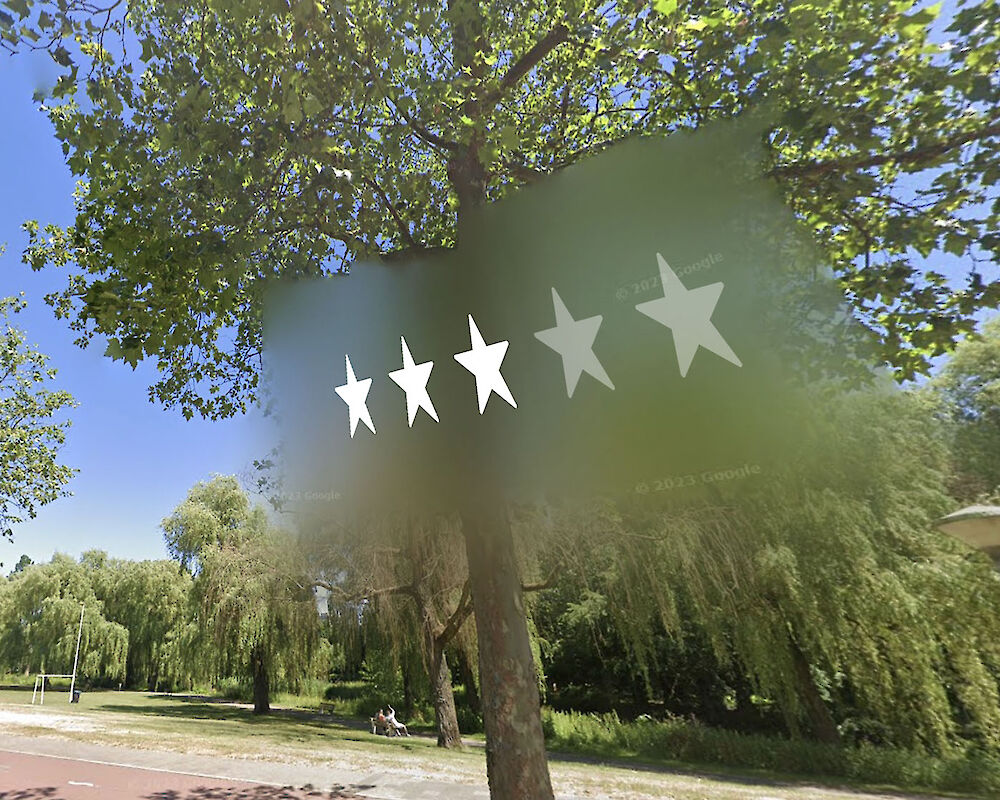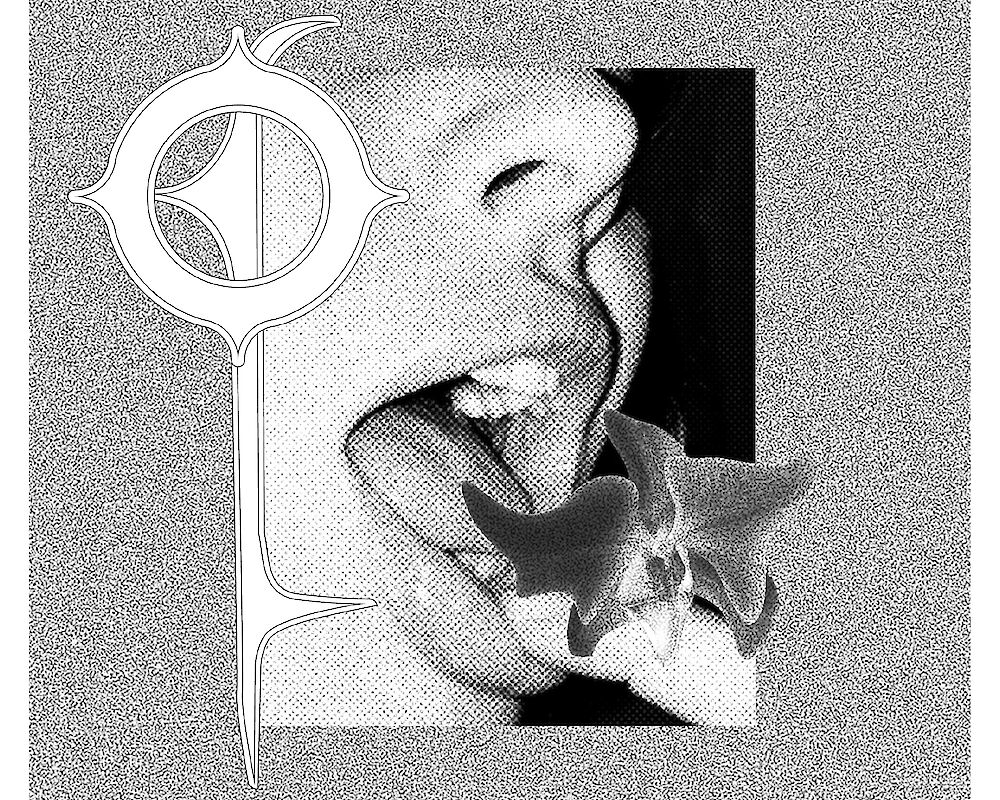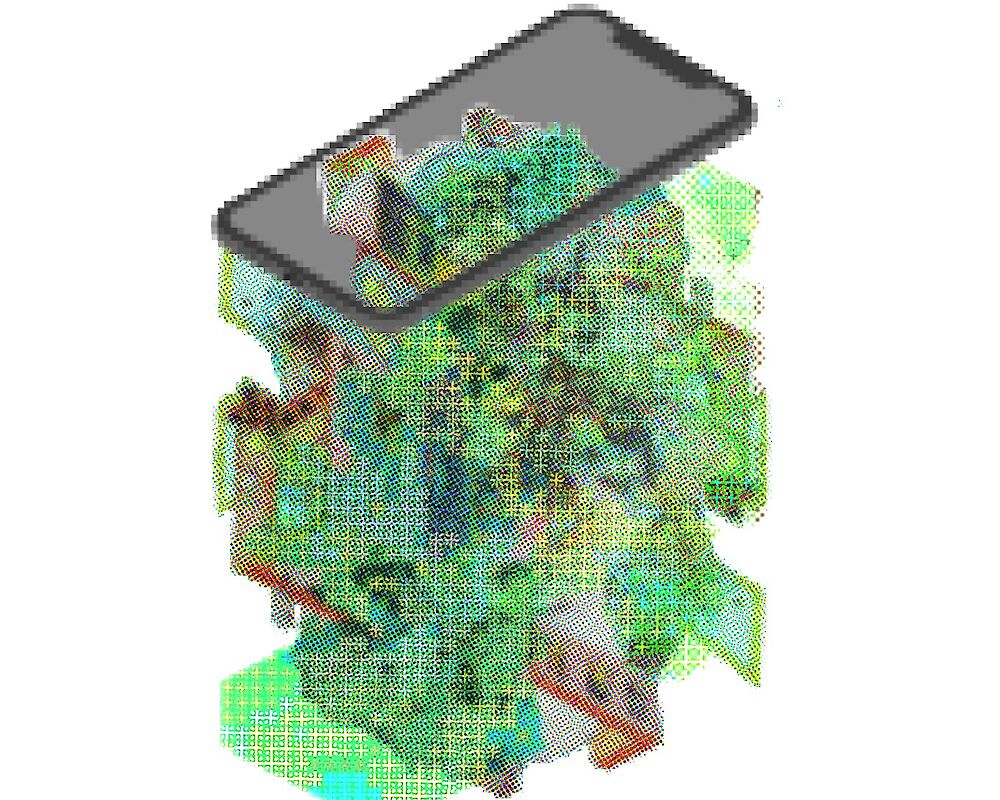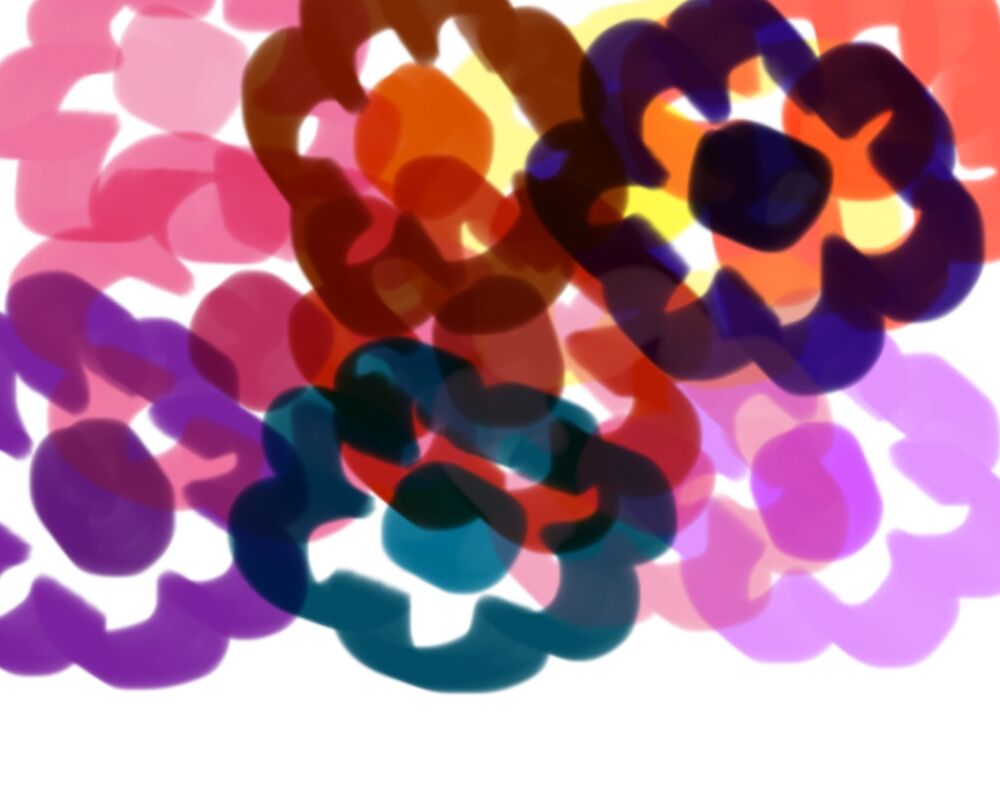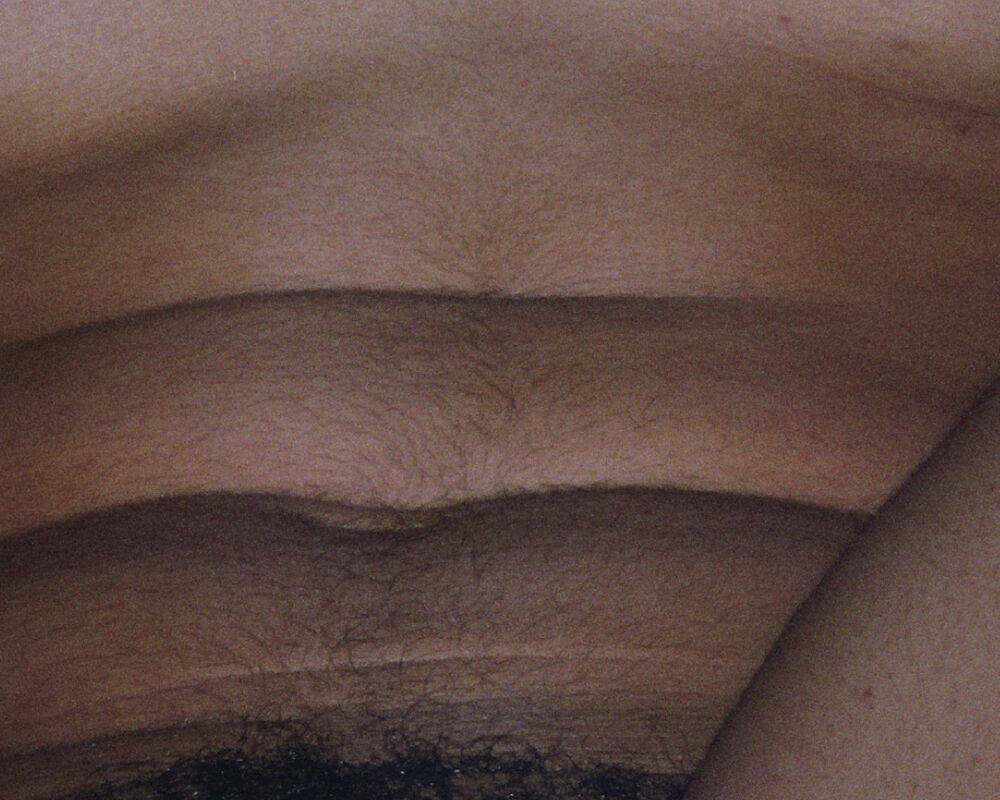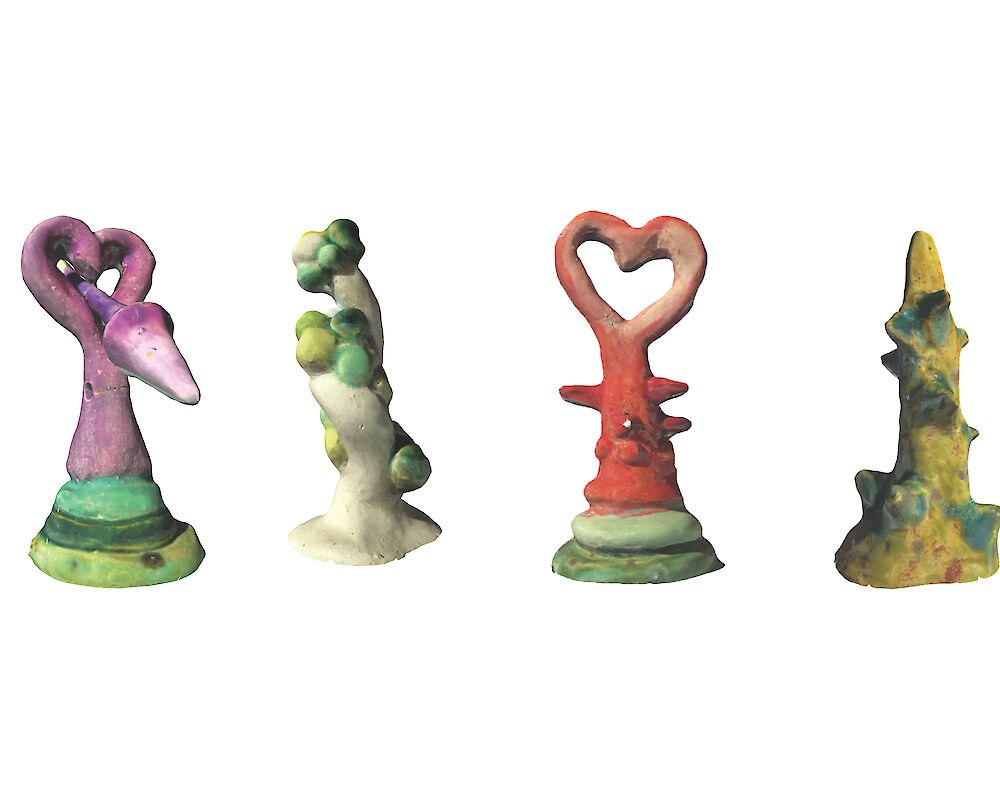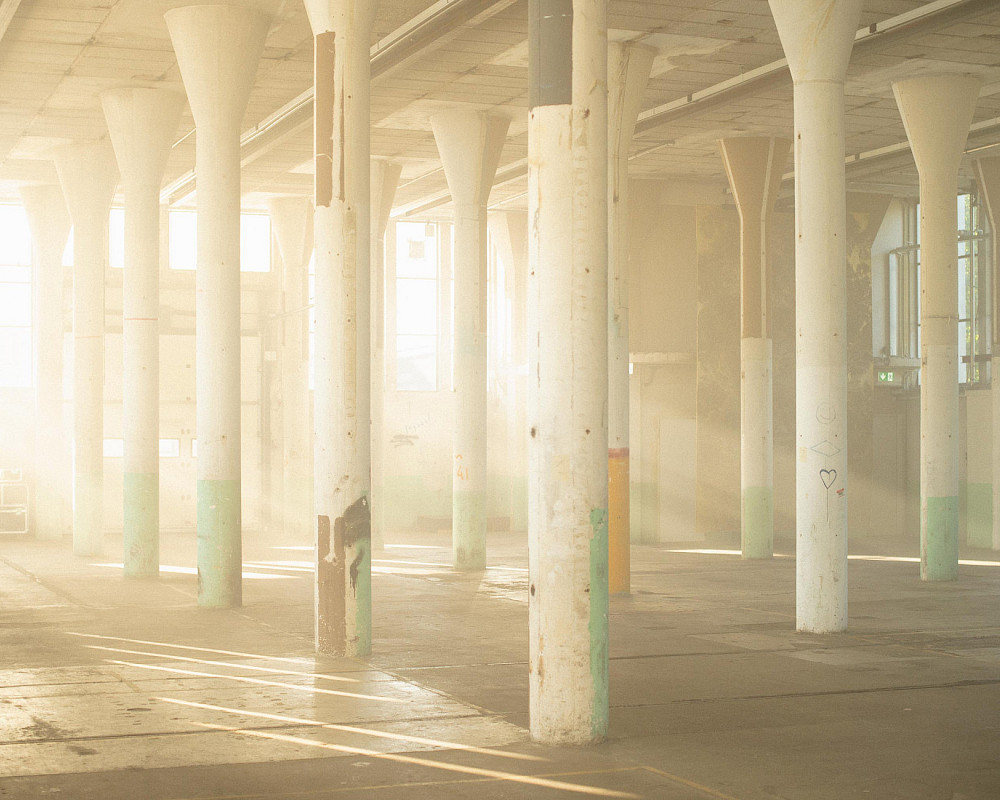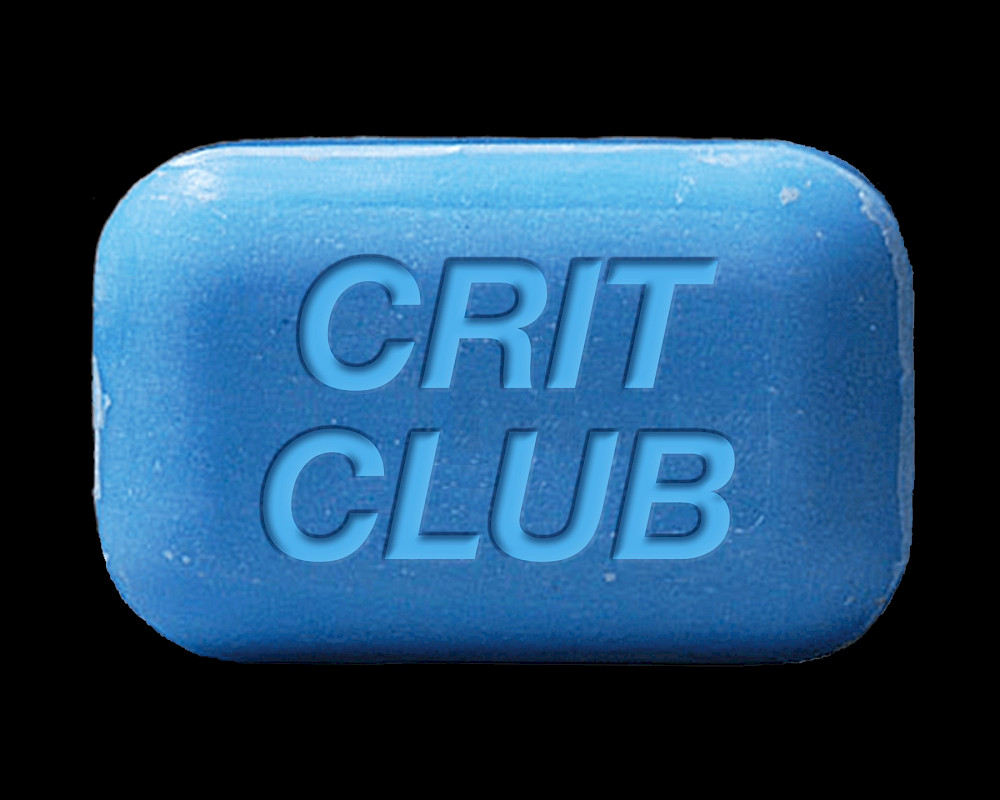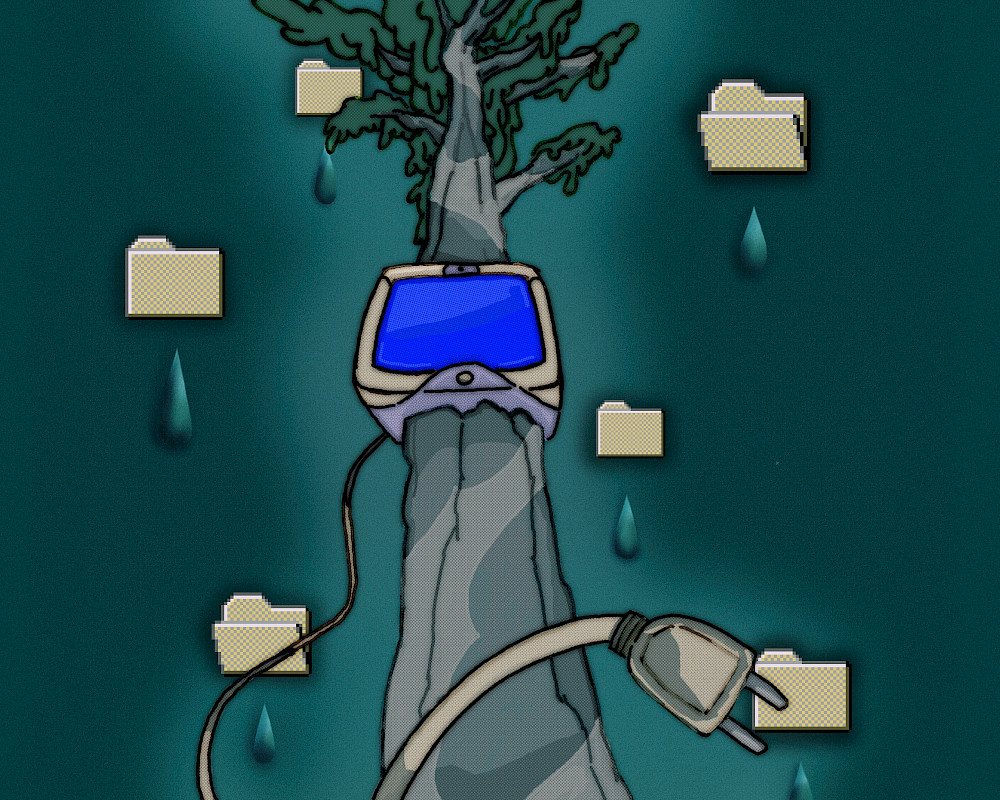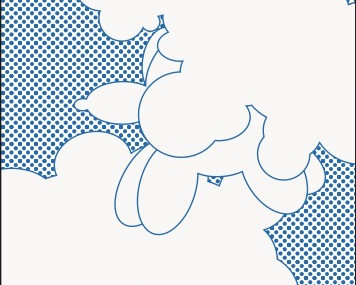essay
Happy Circuit
Sugyeong Lee
Sugyeong Lee is spatial designer based in both the Netherlands and South Korea. She is currently studying Contextual Design at Design Academy Eindhoven and creating new scenery by drawing insight from culture and society.
Click Me!
I remember daydreaming while commuting to and from work on the subway for several years to endure the boring and repetitive routine. Early mornings, tired faces, blank eyes, and slouched shoulders and weary people. On ordinary mornings and evenings that seem no different from any other, the scenery before my eyes remains unchanged from the day before - a serene mosaic passing by as I cross the Han River. Staring out at the unvarying landscape, I plug in my earphones. Soon, a black landscape devoid of anything visible follows. Pointless fantasies begin, and they continue endlessly until the sound of the approaching station wakes me up as we reach the stop I need to disembark.
"This station is Hakdog, Hakdong station," I hear the familiar voice of a woman.
[Subway station announcement: The sound that wakes me up from my daydreams.]
Even when I’m lost deep in my thoughts, the name of the station I need to get off at always rings loud and clear. Unfortunately, after awakening from the daydreaming, I can’t remember the deeply immersed moments of happiness. My experience is not unique. Many seek solace in daydreams to escape the monotony of routine. It’s like stepping into a world of endless possibilities where the constraints of reality fade away, and the mind is free to wander wherever it pleases.
Some studies suggest that daydreaming enhances worker’s creativity and productivity, thus encouraging it. However, to me, Daydream is considered as a kind of nightmare. Engaging in daydreams for better productivity is just a tip for using it as an effective tool.
The contrast between the boring reality and the happy fantasies feels more futile. There will always be an underlying fundamental longing that remains unfulfilled. It’s like being surrounded by beauty and glamour yet finding emptiness within. A state of vacuity. Nothing. A hollow state filled with illusions; this is a nightmare.
The concept of the "Happy Circuit", as described by young people in South Korea, shows an intriguing insight into this phenomenon. It refers to the repetitive loop of happiness individuals engage in to protect themselves from the exhaustion of reality. People get trapped in this endless circuit of happiness, finding solace in joyful thoughts or memories. Beneath the temporary joy lies hidden discontent and unhappiness.
While many might jest about "Playing the happy circuit!" the underlying sentiment is often bleak and bitter. It signifies enduring reality by fantasising about moments of happiness and joy that are currently out of reach. This avoidance not only impedes personal growth but also perpetuates a cycle of escapism that undermines societal progress.
Today, driven by efficiency, daydreaming's glorification as a productivity booster can be misleading. Daydreaming may inherently offer temporary solace while perpetuating a cycle of unfulfilled desires or missed things.
While scrolling through social media feeds, I witness a digital manifestation of the “Happy Circuit” concept. Especially, impactful posts like short-form content fill the entire screen, allowing me to experience moments of joy or pleasure that I cannot currently enjoy. In this digital universe, users are drawn into an immersive experience where time seems to stand still. The interface is sleek and intuitive, featuring an endless stream of content that promises to fulfil every desire. It’s indulging in the beautiful images within social media momentarily, where impossible things in realty, such as things I cannot eat right now or places, I cannot visit, temporarily provide a sense of liberation from the complexities of life.
This becomes an endless cycle, resulting in a pursuit of happiness where complete satisfaction cannot be found. Exploring the seductive digital landscape of unattainable temptations, the ensuing emptiness felt deeply unsettles the mind.
To illustrate this concept, I propose "Endless loop", depicting realistic scenes that mirror the paradoxical nature of the "Happy Circuit." Beneath the surface lies a profound emptiness—a void that cannot be filled by pixels on a screen.
